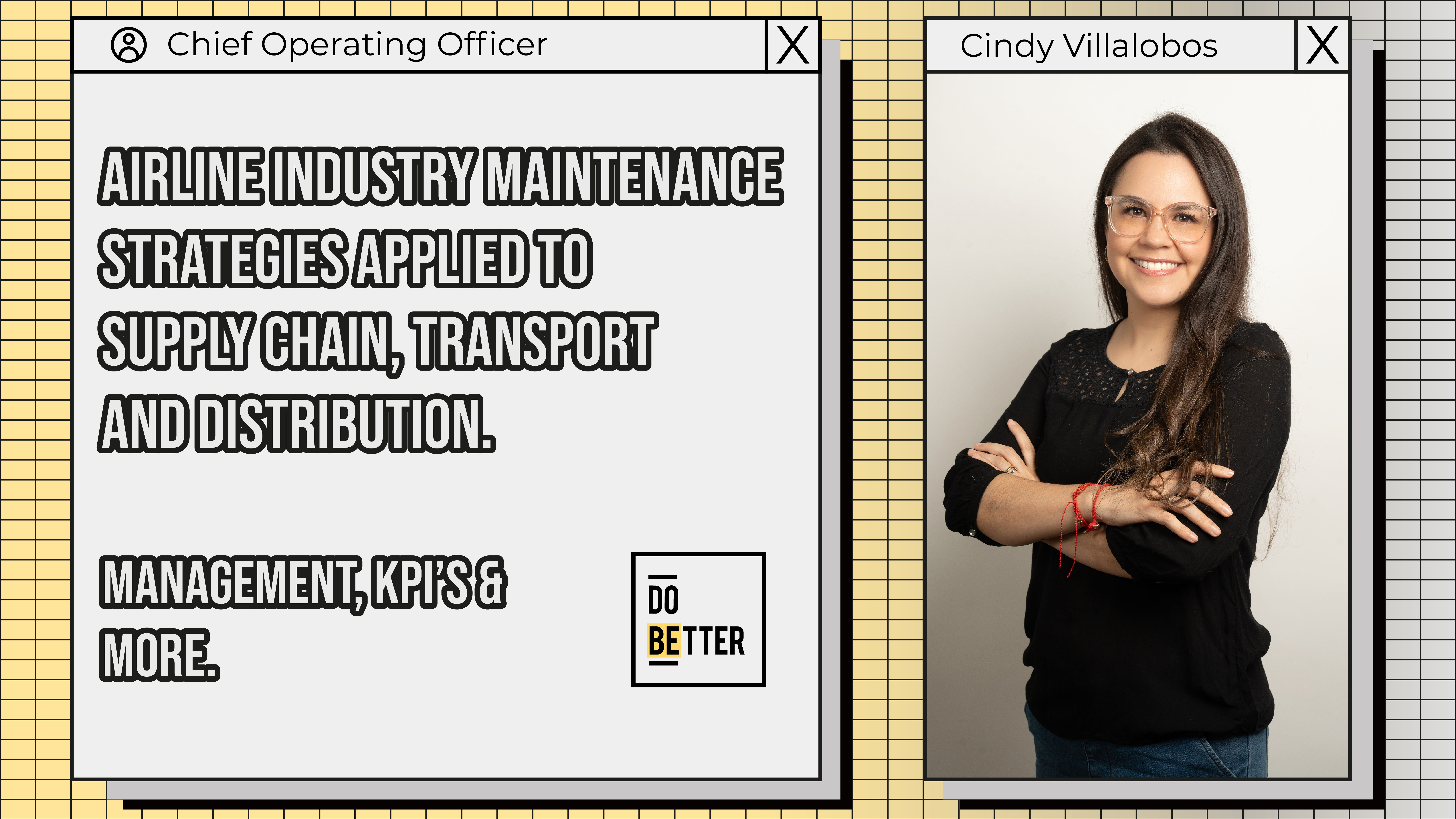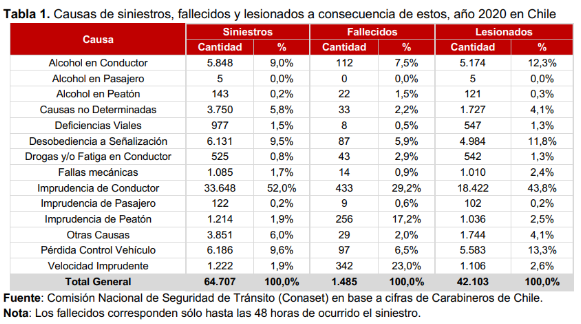What has been your experience in terms of purchasing and traceability of parts or spare parts?
Cindy V: I have got extensive experience in management and purchasing of aviation technical materials for several years, working in different sub areas of supply among them:
Programmed supply:
-
Purchases Consumable materials, i.e., single-use materials.
-
Purchases/Repairs of repairable materials, that is, that have the characteristic of being "reusable", when uninstalled, sent to repair shops and depending on the piece or part, will arrive in Repaired, Overhauled, BER (Beyond economical Repair, it is more expensive to repair than to purchase a new unit) or SCRAP (ready for scrap treatment instructions) condition.
-
Exchanges: Repairable materials for which it was negotiated to receive a unit ready for use, and the removed part of the aircraft was returned, the charge for this transaction is for the exchange and for the repair of the removed repairable.
For both cases, depending on the urgency, pre-agreements on prices and lead times were considered, or we proceeded with spot purchases, where the responsibility started from taking the requirement, the negotiation, coordination of the logistics of dispatch and shipment to final destination, follow-up to the delivery of the import, entry into the warehouse, installation and, if the case was an exchange, the return of the uninstalled unit, to finish with the regularization of the purchase for payment to the supplier, so as not to generate impacts on payments to suppliers for discrepancies for any reason, such as differences in agreed quantities, lack of documentation (traceability), which prevented the entry into the warehouse or the state of the material, for not complying with the quality and safety standards in force.
Operational supply: Here I worked on several teams, from those that demanded very short management times, since they required a high urgency, having as a client an aircraft on the ground waiting for some material requirement, to a failure that was being controlled by the so-called deferred, which are maintenance tasks with time to solve them, before the aircraft did not have authorization from the local and international aeronautical authorities or the industry to fly.
Scheduled sourcing: Participating in projects for the scheduled sourcing area, delivering statistics, coordinating different stakeholders for the fulfillment of goals.
What aspects of the airline industry do you think would be interesting to apply to other Transportation or Logistics industries?
Cindy V: Control First
-
The compliance of the different means used for logistics with high local, international and international quality and safety standards, as well as those of the authorities that control the industry, are supervised.
-
On compliance with the recommendations/patterns and recommendations of the manufacturers of the different vehicles in terms of maintenance cycles and periods.
-
Focus on safety
-
As in the mining industry, it is essential to give greater prominence to safety and all the aspects that comprise it, from different areas.
-
Listening to the customer
-
To understand their behavior, their desires, and in the same sense, to offer products and services that are at the forefront of a sustainable culture.
How is traceability performed on a spare part or part in the airline industry? Do you think this could be applicable to road transport?
Cindy V: It is done in a documented and physical way, where qualified inspectors review the documentation of the entire history
of purchases and transfers from owners of the parts, and it is verified that it is the part purchased, so that it is understood what is its state,
and the same is accredited by agencies that have permits for it. In my opinion, it should be considered for road transport, since in this way,
on the one hand, Although the statistics that refer to mechanical failures as one of the causes of accidents recorded in Chile, between 2000 and 2020,
represented 1.7%, and for 2021, 1.6%, it is worth contributing to the statistics and continue with the downward trend of deaths due to this type of events.
How is the relationship with spare parts suppliers? Are there technological tools to manage this relationship?
Cindy V: Among suppliers, and even with other airlines, there is a relationship of cooperation, support and service,
with a tangible spirit of continuous improvement, where spaces for growth and support are generated to create a better partnership between the parties,
even more so with manufacturers, for training, access to technological platforms, such as methodologies, and updates of all kinds.
As for technological tools, they are also available at different levels, from internal maintenance management, which, in general, are those used in the industry, and which have interfaces with some of the main suppliers, to speed up the process and update status, as well as other relevant elements with the parts and materials used in the aircraft, to those provided by manufacturers for data processing, of different kinds.
How do you ensure timely supply to avoid aircraft out-of-availability?
Cindy V: First understand the need and confirm it with internal customer. Exhaust all previous options before going with the execution of a purchase, that is, depending on the need, understand from whether there are SKU's in stock that can be interchangeable and applicable to the fleet with the need to whether it is possible to make a local repair, with items that are available in the warehouse, and with internal and local authorization, if necessary.
If the purchase is strictly necessary, make the choice that is convenient in terms of price*, shipping location, final destination location, and the availability of shipping Price*, in some cases, is no longer an exclusive variable for making the final decision.
What were the reaction procedures when an aircraft was grounded?
Cindy V: From my sidewalk, and as part of one of my roles in operational sourcing, we went through several stages:
-
Diagnosis or initial assessment, where different areas participated in analyzing the different options for resolving the situation.
-
Contingency and follow-up meetings with the areas and sub-areas involved, maintenance, engineering, planning, materials,
and others, so that after the diagnosis and making all the material requirements, they could deliver the status of their efforts and
together with the information provided, an estimated solution could be delivered, which in turn would be made visible,
so that the personnel who had to assign an aircraft to its itinerary or availability of equipment could work with other options.
What is the policy on the use of parts, pieces or spare parts that are substitutes for the original ones in aviation?
Cindy V: You must have prior approval from the engineering area, which in turn confirms through the aircraft manuals, or if necessary consultation with the manufacturer of the respective aircraft, if the alternative parts fulfill the same function, in addition to applying to the type of model to which the part is required to be installed.
Generally, these alternative parts are already registered in the digital platforms, however, if there are new queries, they must be validated through the engineering area.
Proactively, it is possible to consult from the supply area with the manufacturer, asking for backups that can serve as evidence with the internal area, so that it can be useful material for this approval.
What is the relationship with the aircraft manufacturers (Boeing/Airbus)?
Cindy V: In my experience, it is a close relationship, from different areas, where you receive all the technical guidelines, news, training and other elements necessary to take advantage of the different tools available and that are shared for the operators of your fleets.
What are the main indicators by which you measured your management?
Cindy V: I'm not sure if I remember them correctly, but they looked like different types:
-
Availability of material that is considered imperative in inventory versus actual.
-
Comparison of the state of demand for materials versus the supply delivered.
-
Team performance in terms of productivity, the amount of purchases made each day by each team member.
-
Critical requirements purchase status .
-
Estimated availability of materials for aircraft on the ground.
-
Quarantines, by "age", cause and equipment.
-
Invoices pending resolution with typology and equipment.
-
Fulfillment of order acknowledgment with suppliers who had automatic orders.
-
Complete cycle time of consumable and repairable orders by process.
-
Coverage of materials through previously negotiated agreements.
-
Classification of materials by typology.



